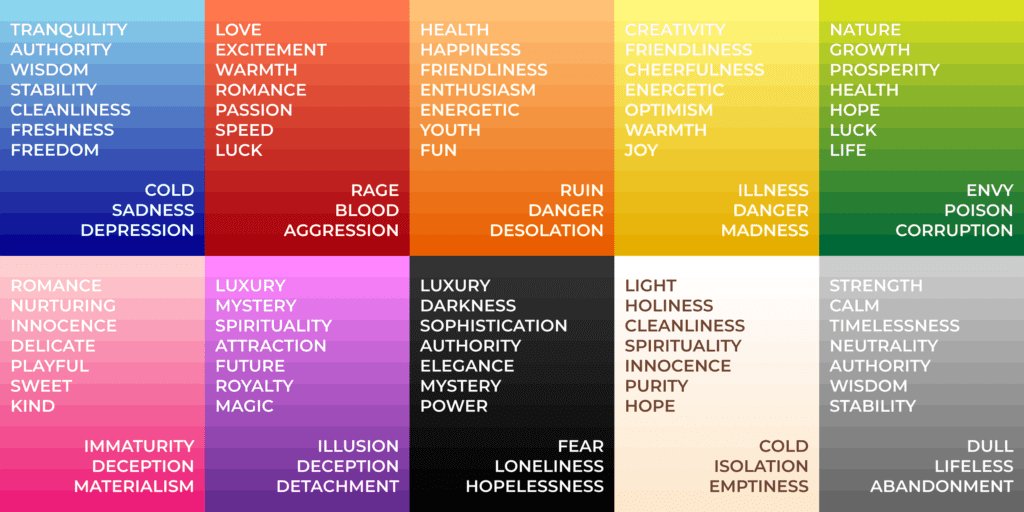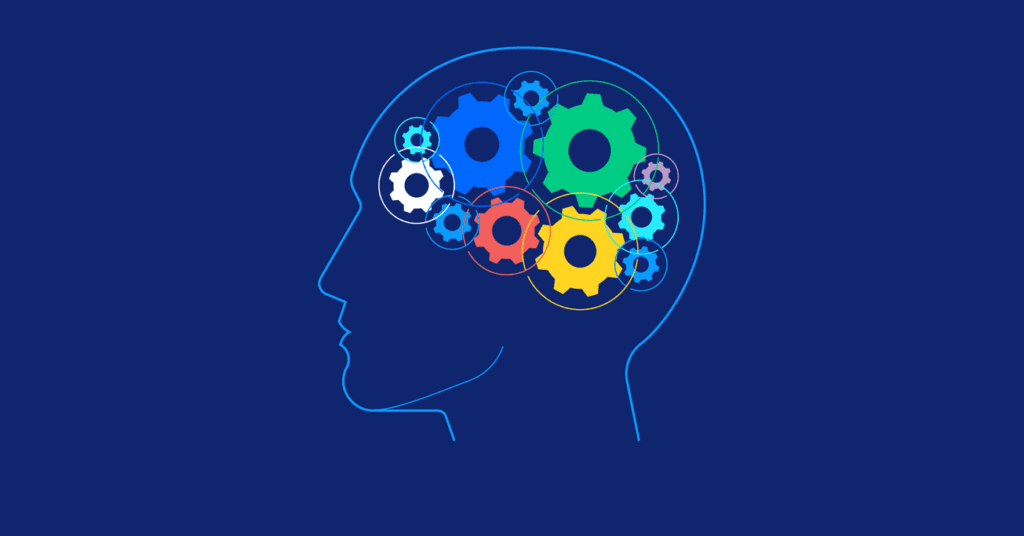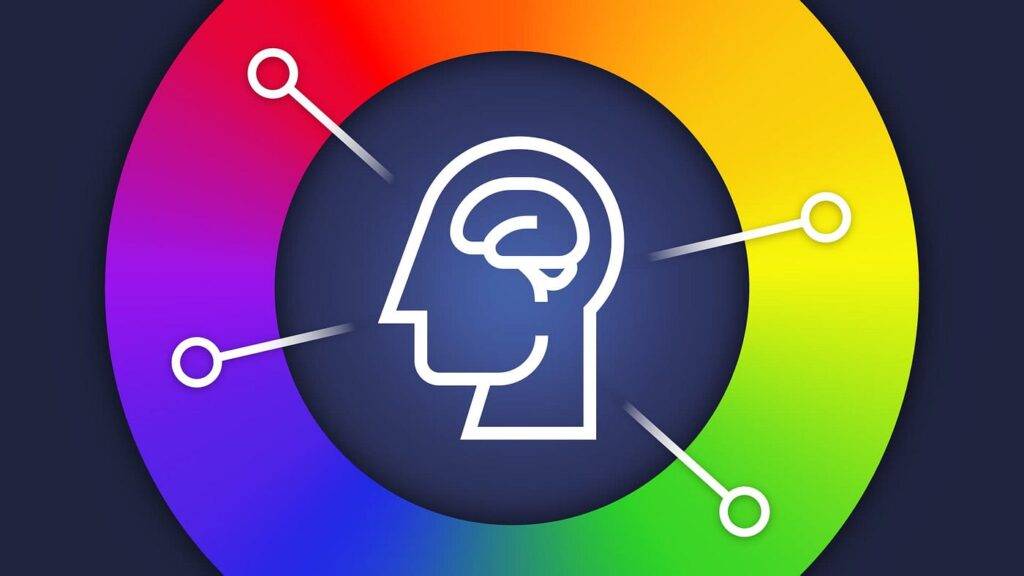Colour Psychology: Understanding the Impact of Colour on Emotions and Behaviour
07/02/2024 2024-07-02 16:01Colour Psychology: Understanding the Impact of Colour on Emotions and Behaviour
Medium
Colour Psychology: Introduction
Colour Psychology is a fundamental aspect of the human experience, influencing our emotions, behavior, and even our physical well-being. The study of colour psychology delves into the impact of different colours on human emotions and behaviour, shedding light on the powerful role that colour plays in our daily lives. From marketing and design to therapeutic settings, understanding the psychological and physiological effects of colour can have a profound impact on how we perceive and interact with the world around us.
 Serena Archetti
Serena Archetti
The Psychological Impact of Colour
Colour psychology explores the idea that different colours evoke distinct emotional responses. For example, red is often associated with passion, energy, and excitement, while blue is linked to calmness, trust, and stability. These associations are deeply rooted in our biology and cultural experiences. Research has shown that certain colours can stimulate the release of specific neurotransmitters in the brain, leading to distinct emotional and physiological responses.
Moreover, the use of color in marketing and branding has been shown to influence consumer behaviour, with certain colours being associated with specific emotions and influencing purchasing decisions. For instance, the colour red is often used to create a sense of urgency and excitement, while blue is frequently employed to convey trust and reliability. Understanding these associations can help businesses create effective branding strategies and connect with their target audience on an emotional level.

Toptal
The Behavioral Influence of Colour
In addition to its impact on emotions, colour psychology also plays a significant role in influencing behaviour. Studies have found that the colour of a room can influence people’s behavior, with warm colours such as red and orange promoting social interaction and energy, while cool colours like blue and green can encourage relaxation and focus. The strategic use of colour in interior design can be leveraged to create specific moods and atmospheres within a space, whether it’s a calming bedroom or an energizing office.
Furthermore, the impact of colour on behaviour extends to healthcare settings, where colour psychology can be utilized to create healing environments that promote relaxation and well-being. Hospitals and healthcare facilities often employ soothing colours such as soft blues and greens to create a sense of calm and comfort for patients and their families. Understanding the behavioral influence of colour can help in designing spaces that support the well-being and emotional needs of individuals.

Medium
The Physical Well-being and Colour
Research has found that exposure to certain colours can have a measurable impact on our physiological responses, such as heart rate, blood pressure, and even the release of stress hormones. This has led to the use of colour therapy in holistic healing practices, with the belief that certain colours can promote healing and balance in the body. For instance, the colour blue is often associated with a sense of tranquility and is used in colour therapy to help reduce stress and anxiety.

Visme
Conclusion
In conclusion, colour psychology is a fascinating and multidimensional field that explores the impact of colour on human emotions, behaviour, and physical well-being. From influencing consumer behaviour to creating healing environments, the strategic use of colour can have a profound impact in a variety of settings. By understanding the psychological and physiological effects of colour, we can harness its power to create positive and impactful experiences in our daily lives. Whether it is in marketing, design, or healthcare, the study of colour psychology provides valuable insights into how we can use colour to enhance our emotional well-being and improve our quality of life.













